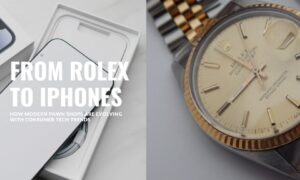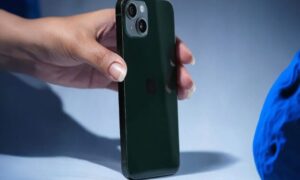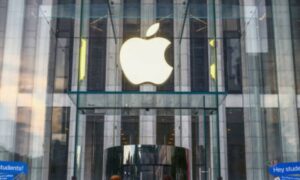Jailbreaking an iPhone involves removing the software restrictions imposed by iOS, Apple’s operating system. This process allows users to gain root access to the operating system, enabling the installation of apps, extensions, and themes that are not available through the Apple App Store. While jailbreaking can open up a new world of customization and additional features, it also comes with a series of risks and implications for security, privacy, warranty, and the overall stability of the device. In this article, we will explore the safety aspects of jailbreaking an iPhone, covering both the potential benefits and the risks involved.
Understanding Jailbreaking
Jailbreaking is essentially a way to bypass Apple’s strict ecosystem controls, allowing users to customize their device beyond what is officially permitted. This is achieved by exploiting vulnerabilities in the iOS software to remove restrictions and gain root access.
Pros of Jailbreaking
- Customization: Jailbreaking allows for deep customization of the interface, including icons, animations, and the overall theme of the device.
- Extended Functionality: Users can install apps and tweaks that offer new features, such as improved notification management, custom shortcuts, and enhanced device performance.
- Access to Unauthorized Apps: Jailbreaking enables the installation of apps and games that are not available on the App Store, either because they do not comply with Apple’s guidelines or because they offer pirated content.
Cons of Jailbreaking
- Vulnerability to Malware: Jailbreaking an iPhone bypasses the security layers designed by Apple, making the device more susceptible to malware and viruses. Unauthorized apps may not undergo the rigorous security checks that App Store apps do, potentially exposing users to malicious software.
- Data Privacy Issues: Jailbroken devices are at a higher risk of data breaches. Unauthorized apps could access personal information, contacts, messages, and even banking details without proper security measures.
- System Instability: Jailbreaking can lead to system crashes, freezing, and battery drain. The unauthorized modifications can interfere with the normal functioning of the device, leading to a less reliable user experience.
- Incompatibility with Updates: Apple regularly releases iOS updates that may not be compatible with jailbroken devices. Updating a jailbroken iPhone can result in a loss of jailbreak or, worse, could brick the device
- Void Warranty: Apple’s warranty policy clearly states that jailbreaking voids the warranty of the device. If a jailbroken iPhone encounters hardware or software issues, Apple may refuse to repair or replace it.
- Lack of Software Updates: Jailbroken devices often miss out on important iOS updates, including security patches and new features, as updating could remove the jailbreak.
Weighing the Decision
The decision to jailbreak an iPhone should not be taken lightly. It requires a careful assessment of the trade-offs between the desire for customization and the need for security, privacy, and device integrity. Users must consider the potential risks to their personal data, as well as the implications for their device’s functionality and warranty.
Conclusion
While jailbreaking can offer users more control over their devices and the ability to customize their experience, it comes with significant risks. The security vulnerabilities, potential for malware, system instability, and voiding of the warranty are crucial factors to consider. For most users, the risks associated with jailbreaking an iPhone outweigh the benefits, making it advisable to explore other, safer ways to customize and enhance their device within the confines of Apple’s ecosystem.




































